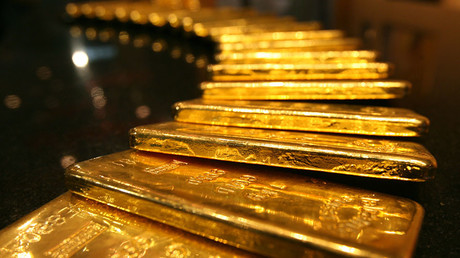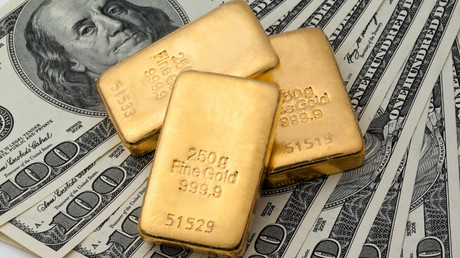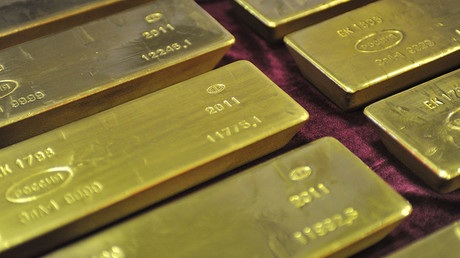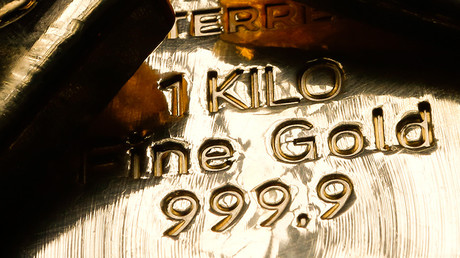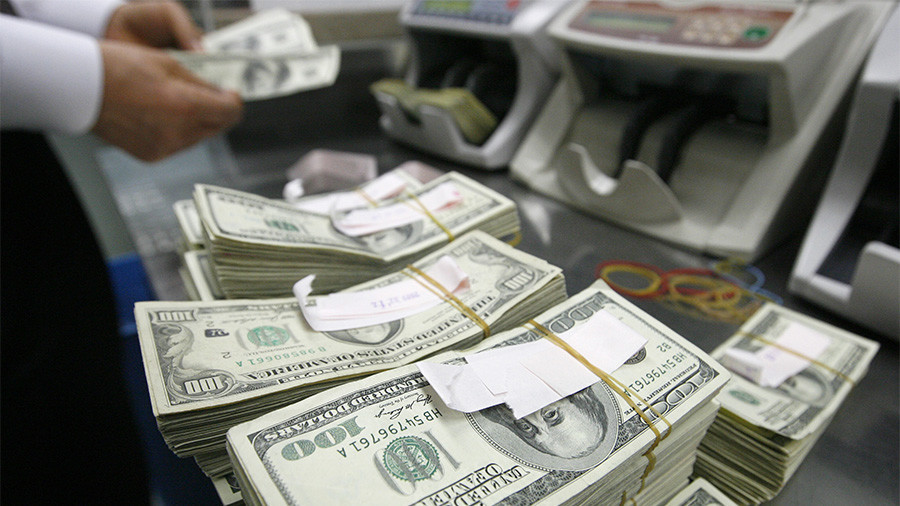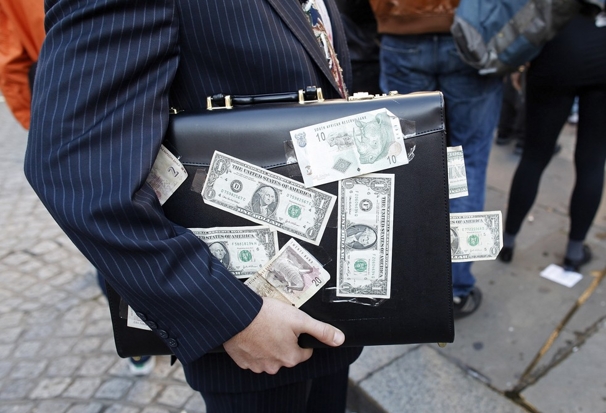Central banks have a long and colorful history of manipulating the gold price. This manipulation has taken many shapes and forms over the years. It also shouldn’t be surprising that central banks intervene in the gold market given that they also intervene in all other financial markets. It would be naive to think that the gold market should be any different.
In fact, gold is a special case. Gold to central bankers is like the sun to vampires. They are terrified of it, yet in some ways they are in awe of it. Terrified since gold is an inflation barometer and an indicator of the relative strength of fiat currencies. The gold price influences interest rates and bond prices. But central bankers (who know their job) are also in awe of gold since they respect and understand gold’s value and power within the international monetary system and the importance of gold as a reserve asset.
So central banks are keenly aware of gold, they hold large quantities of it in their vaults as a store of value and as financial insurance, but they are also permanently on guard against allowing a fully free market for gold in which they would not have at least some form of influence over price direction and market sentiment.
The Bank for International Settlements (BIS) crops up frequently in gold price manipulation as the central coordination venue and the guiding hand behind a lot of the gold price suppression plans. This is true in all decades from the 1960s right the way through to the 2000s. If you want to know about central bank gold price manipulation, the BIS is a good place to start. Unfortunately the BIS is a law onto itself and does not answer to anyone, except its central banks members.
In the 1960s, central bank manipulation of the gold price was conducted in the public domain, predominantly through the London Gold Pool. This was in the era of a fixed official gold price of $35 an ounce. Here the US Treasury and a consortium of central banks from Western Europe explicitly kept the gold price near $35 an ounce, coordinating their operation from the Bank for International Settlements (BIS) in Basel, Switzerland, while using the Bank of England in London as a transaction agent. This price manipulation broke down in March 1968 when the US Treasury ran out of good delivery gold, which triggered the move to a “free market” gold price.
Central banks continued to surpress gold prices in the 1970s both through efforts to demonetize gold and also dump physical gold into the market to dampen price action. These sales were unilateral e.g. US Treasury gold sales in 1975 and over 1978-1979, and also coordinated (and orchestrated by the US) e.g. IMF gold sales across 1976-1980.
Collusion to manipulate the price also went underground, for example in late 1979 and early 1980 when the gold price was rocketing higher, the same central banks from the London Gold Pool again met at the opaque BIS in Switzerland at the behest of the US Treasury and Federal Reserve in an attempt to launch a new and secretive Gold Pool to reign in the gold price. This was essentially a revival of the old gold pool, or Gold Pool 2.0.
These meetings, which are not very well known about, were of the G10 central bank governors, i.e. at the highest levels of world finance. All of the discussions are documented in black and white in the Bank of England archives and can be read on the BullionStar website.
The wording in these discussions is very revealing and show the contempt which central bankers feel about a freely functioning gold market.
Phrases used in these meetings include:
“there is a need to break the psychology of the market” and “no question of any permanent stabilisation of the gold price, merely at a critical time holding it within a target area” and “to stabilise the price within a moving band” and “it would be easy and nice for central banks to force the price down hard and quickly“.
And these meetings of top central bankers were in early 1980, 11 years after the London Gold Pool and 8 years after the US Treasury reneged on its commitment in August 1971 to convert foreign holdings of US dollars into gold.
Whether this new BIS gold pool was rolled out in the 1980s is open to debate, but it was discussed across the board for months by the Governors at the BIS, and may have been introduced in a form which would provide physical gold to the oil producers (gold for oil trades) without putting a rocket under the gold price. Their main worry was to allow the Middle Eastern oil producers to acquire some gold for oil without pushing the gold price up.
The Bank of England was also involved in the 1980s in influencing prices in the London Gold Fix auctions, in what an ex Bank of England staffer described euphemistically as ‘helping the fixes’. And the Bank of England has even at times used terminology in the 1980s such as “smoothing operations” and “stabilisation operations” when referring to coordinated central bank efforts to control the gold price.
Probably two of the most influential changes on the gold market in the modern era are structural changes to the gold market which channel gold demand away from physical gold and into paper gold. These two changes were the introduction of unallocated accounts and fractionally backed gold holdings in the London Gold market from the 1980s onwards, and the introduction of gold futures trading in the US in January 1975.
In unallocated gold trading in the London OTC market, gold trades are cash-settled and there is rarely any physical delivery of gold. The trading positions are merely claims against bullion banks who don’t hold anywhere near the amount of gold to back up the claims. Unallocated bullion is therefore just a synthetic paper gold position that provides exposure to the gold price but doesn’t drive demand for physical gold.
When gold futures were launched in the US in January 1975, the primary reason for their introduction, according to a US State Department cable at the time, was to create an alternative to the physical market that would syphon off demand for gold, creating trading that would dwarf the physical market, and which would also ramp up volatility which in turn would deter investors from investing in physical gold. Gold futures are also fractionally backed and overwhelmingly cash-settled, and their trading volumes are astronomical multiples of actual delivery volumes.
Central banks as regulators of financial markets are therefore ultimately responsible for allowing the emergence of fractional reserve gold trading in London and New York. This trading undermines the demand for physical gold and allows the world gold price to be formed in these synthetic gold trading venues. Price discovery is not happening in physical gold markets. Its is happening in the London OTC (unallocated) and COMEX derivative markets. So this is also a form of gold price manipulation since the central banks know how these markets function, but they do nothing to crack down on what are essentially gold ponzi schemes.

Imagine, for example, that central banks were as tough on paper gold as they seem to be now on crypto currency markets. Now imagine if central banks outlawed fractional gold trading or scare-mongered about it in the same way that they do about crypto currencies? What would happen is that the gold market participants would panic and unwind their paper positions, precipitating a disconnect between paper gold and physical gold markets. So by being lenient on the fractional structure of trading in the gold markets, central banks and their regulators are implicitly encouraging activities that have a dampening effect on the gold price.
The gold lending market, mostly centred in London, is another area in which central banks have the ability to cap the gold price. Here central banks transfer their physical gold holdings to bullion banks and this physical gold then enters the market. These transactions can either be in the form of gold loans or gold swaps. This extra supply of gold through the loans and swaps disturbs the existing supply demand balance, and so has a depressing effect on the gold price.
The gold lending market is totally opaque and secretive with no obligatory or voluntary reporting by either central bank lenders or bullion bank borrowers. The Bank of England has a major role in the gold lending market as the gold used in lending is almost all sourced from the central bank custody holding in the Bank of England’s vaults.
There is therefore zero informational efficiency in gold lending, and that’s the way the central banks like it. furthermore, freedom of information requests about gold lending are almost always shot down by central banks, even sometimes on ‘national security’ grounds.
Many central banks have lent out their gold long ago, and just hold a ‘gold receivable’ on their balance sheet, which is a claim against a bullion bank or bullion banks. These bullion banks roll over the liability to the central bank for years on end and the original gold is long gone. Since central bank gold is never independently audited, there is no independent confirmation of any of the gold that any central banks claim they have.
Gold receivables are another fiction that allows central banks to fly under the radar in the gold lending market, and central banks go to great lengths to make sure the market does not know the size and existence of outstanding gold lending and swapped gold positions.
In Febuary 1999, the BIS was again the nexus for secretive discussions about the gold market when a number of the large powerful central banks basically ordered the IMF to drop an accounting change that would have split out gold and gold receivables into two separate line items on central bank balance sheets and accounting statements. These discussions are documented in the IMF document which is available to see here.
This accounting change would have shone a light on to the scale of central bank gold lending around the world, information which would have moved gold prices far higher.
However, a group of the large central banks in Europe comprising the Bank of England, the Bundesbank, the Bank de France and the European Central Bank (ECB) applied pressure to torpedo this plan as they said that “information on gold loans and swaps was highly market sensitive” and that the IMF should “not require the separate disclosure of such information but should instead treat all monetary gold assets including gold on loan or subject to swap agreements, as a single data item.”
Central banks also at times sell large quantities of gold, such as the Swiss gold sales in the early the 2000s, and the Bank of England gold sales in the late 1990s.While the details of such gold sales are always shrouded in secrecy, and the motivations may be varied, such as bullion bank bailouts or redistribution of holdings to other central banks, the impact of these gold sales announcements usually has a negative impact on the gold price. So gold sales announcements are another tactic that central banks use to at times keep the pressure on the price.
There are many examples of central bankers discussing interventions in the gold market. In July 1998, former Federal Reserve chairman Alan Greenspan testified before the US Congress saying that “central banks stand ready to lease gold in increasing quantities should the price rise.”
In June 2005, William R. White of the BIS in Switzerland, said that one of the aims of central bank cooperation was to “joint efforts to influence asset prices (especially gold and foreign exchange) in circumstances where this might be thought useful.”
In 2008, the BIS at its headquarters in Switzerland even stated in a presentation to central bankers that one of the services it offers is interventions in the gold market.
In 2011, one of the gold traders from the BIS even stated on his LinkedIn profile that one of his responsibilities was managing the liquidity for interventions. After this was published, he quickly changed his LinkedIn profile.
Ronan Manly is a precious metals expert at BullionStar based in Singapore
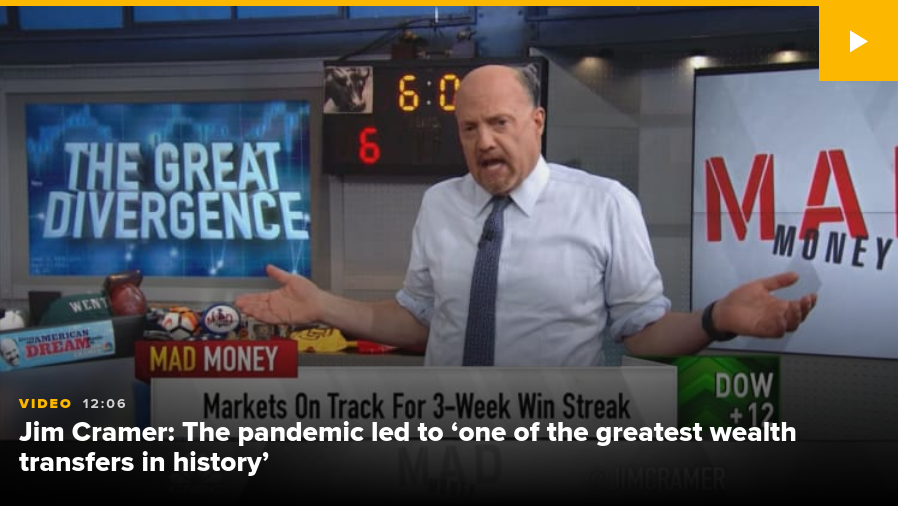

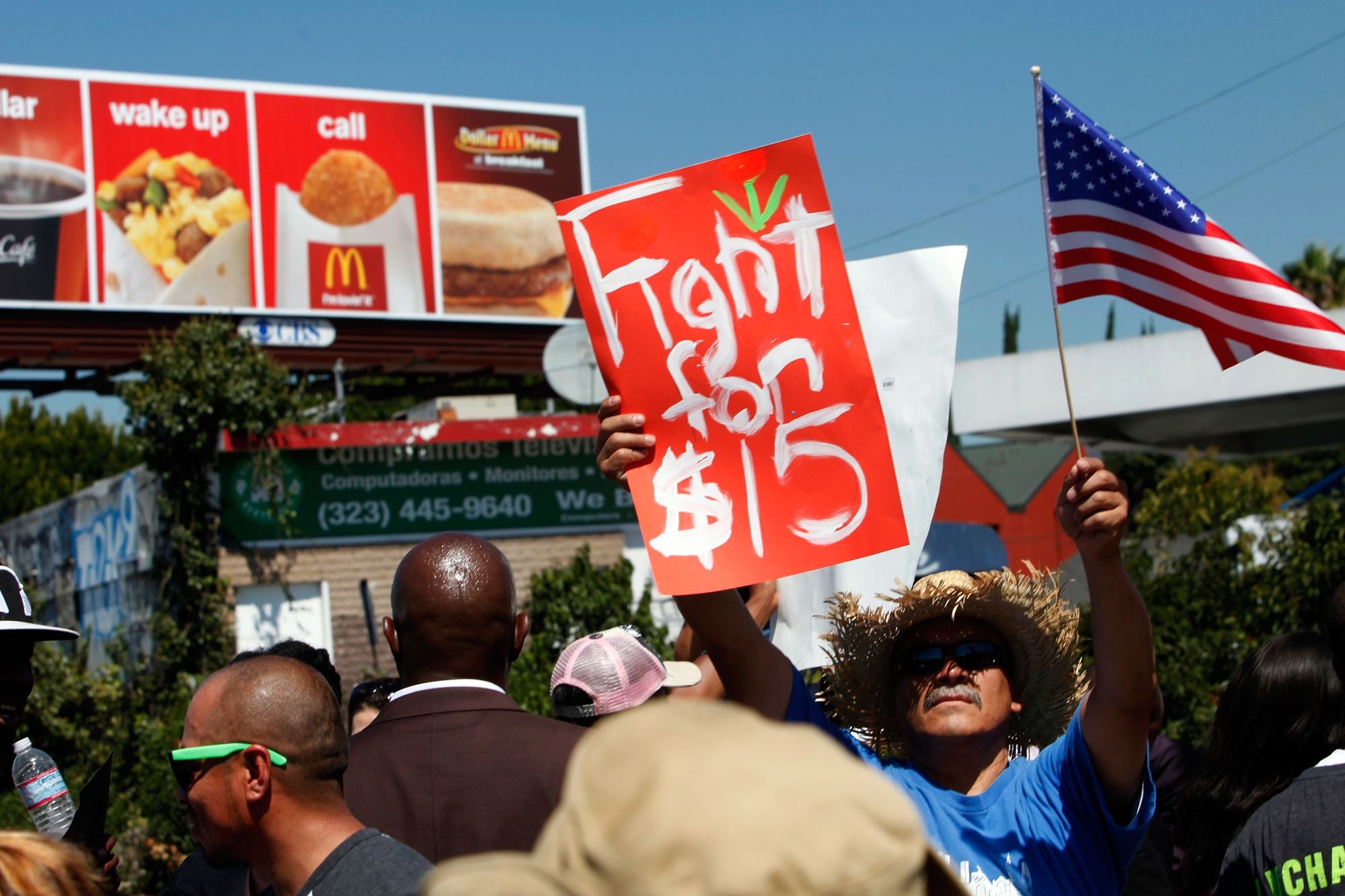
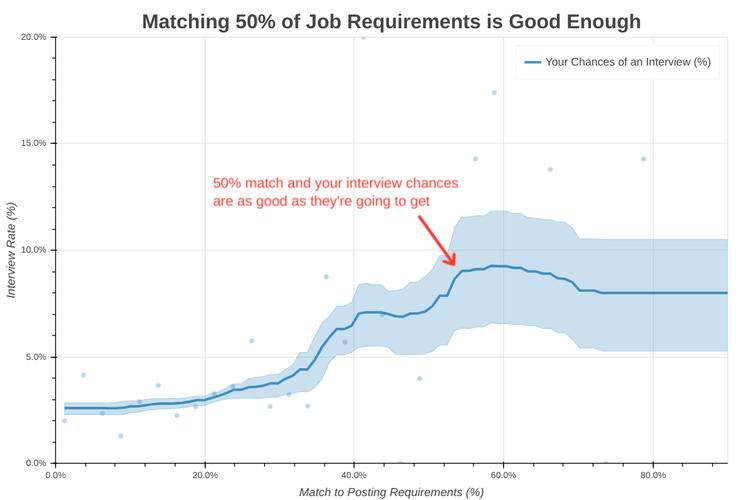
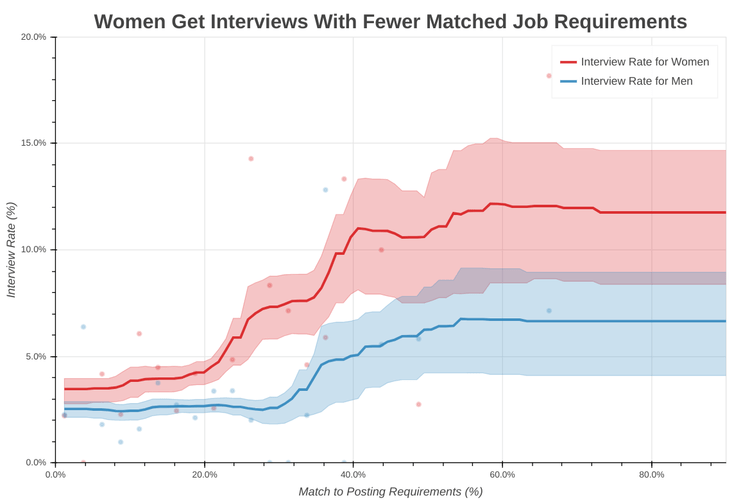

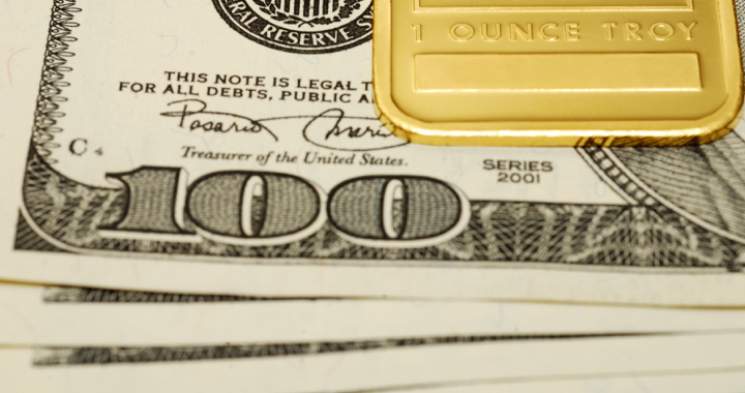 ‘
‘
